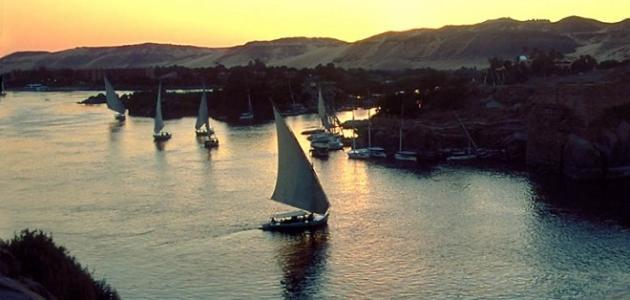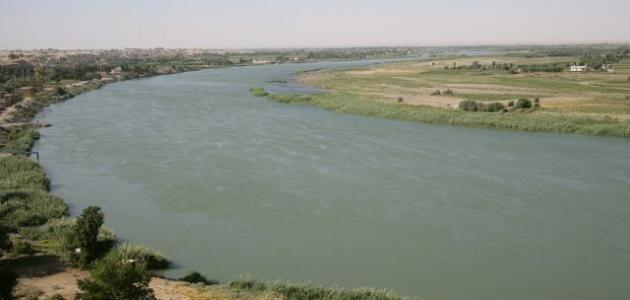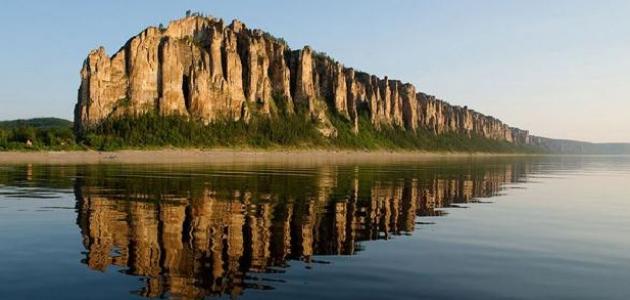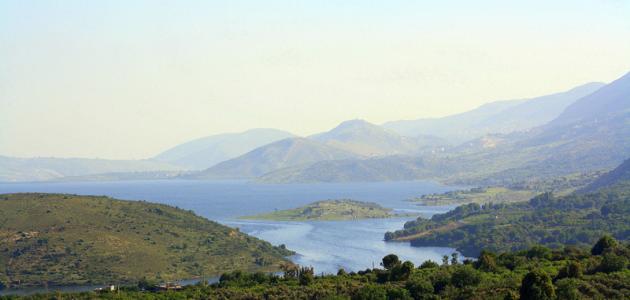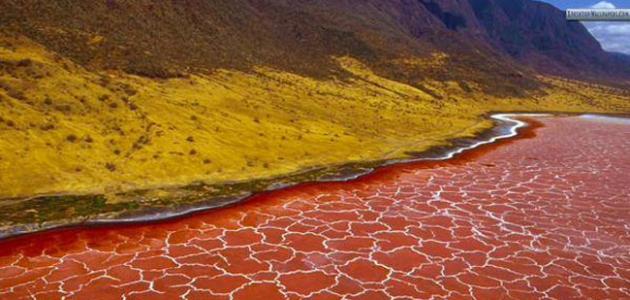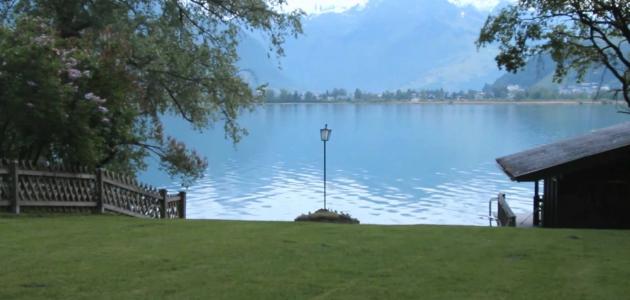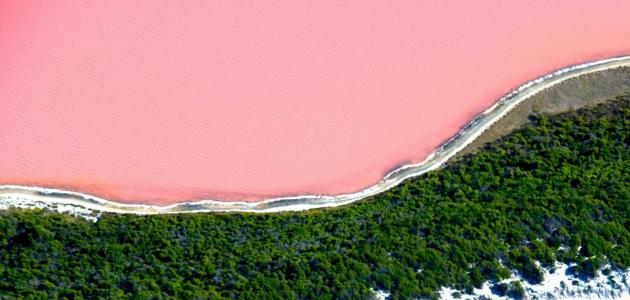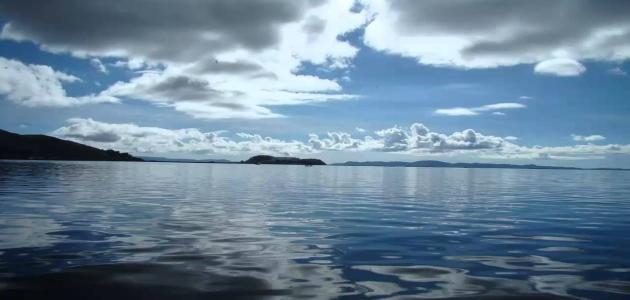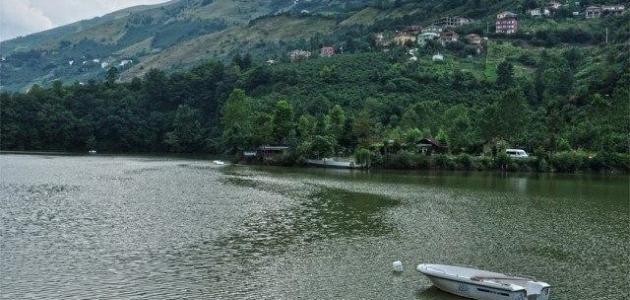The importance of the Jordan River
The Jordan River has religious and cultural importance. As it is believed that the Prophet Jesus, peace be upon him, was baptized in it; Therefore, it is considered a destination for Christian pilgrims, as many historical battles took place in it, and four of the companions of the Messenger, peace and blessings be upon him, were buried on its eastern banks, and the Jordan River was over the years a passage for human migration from Africa, in addition to the discovery of a number of Roman cities and castles On the other hand, the river created a rich and diverse ecosystem, due to its unhindered flow from Lake Kinneret to the Dead Sea. It was also considered one of the most important passages for migratory birds, whose number is estimated at about 500 birds.
The Jordan River is a protected area, and the Jordan River took its importance from containing important roads and bridges, which help to move between the various regions in it, and there are two border crossings between the Palestinian territories and Jordan over the bridges, and for several centuries, parts of the river were considered the main source of irrigation The different communities that live along its banks, and the Jordan River is considered one of the most important water sources in Palestine since 1964 AD, and the Jordan River gained its importance through the prophets, messengers, armies, and peoples who crossed it in both directions, and its proximity to a sacred place for religious and spiritual pilgrimage in the sea region Dead, in addition to the warmth of its climate and fertile lands.
Read also:Sources of water pollution within the Nile RiverThe danger facing the Jordan River
About 96% of the river's water flow has been consumed during the last fifty years; Because of the dispute over the river’s water by the neighboring countries, which worked to divert the water of some of the river’s sources, and the remaining water in the Jordan River is considered salty water and polluted with sewage and agricultural waste, which led to making the river in specific places somewhat similar to a canal. Stagnant, and historically, the Jordan River linked the ecosystems in Asia and Africa, as it was a haven for many species of plants and animals, but because of the dryness of the river, and the shallowness of its waters; As the water level decreased to about one meter per year, many environmental problems arose in the valley, and more than half of the environmental diversity in it was lost.
The water of the Jordan River is considered saline and is not suitable for drinking or irrigating crops. Due to climate change, the temperature in the Jordan River Valley is expected to rise by 4.5 degrees Celsius and precipitation rates to decrease by 30%, which will lead to a decrease in the flow of the river water by 75% and an increase in Drying of the region, and climate change will lead to a decrease in the river’s feeding from its tributaries, which will dry up or decrease its level due to the decrease in the levels of precipitation on the mountains, in addition to reducing the quality of the river’s water due to the high levels of nitrogen in it and the high rates of evaporation.
Read also:Where is the Rhine River located?International efforts to preserve the Jordan River
The municipalities and governments of the countries through which the Jordan River passes are making great efforts to prevent or reduce the discharge of untreated sewage into the river and to establish water treatment plants in the region, as the Friends of the Earth Middle East Society seeks; Which is known by the acronym (FoEME) to implement a development plan for the Jordan River Valley that takes into account its dilapidated ecosystem and the right of its citizens to benefit from its natural resources, and provides scientific and economic recommendations and proposals to increase the water level of the Jordan River by 400-600 million cubic meters of fresh water.
The association recommends preventing the pouring of untreated sewage into it, and ensuring that it overflows at least once a year to preserve the ecosystem of the region. It also determines the amount of river flow and its water quality standards, proposes solutions to reduce its pollution, supports environmental rehabilitation programs for the region, and presents plans to support eco-tourism. In the region, the association is also seeking international support to achieve joint management of the valley and implement the proposed plan of action to revitalize the region by regulating the dependence of neighboring countries on the river's water.
Since its founding in 1994, the Friends of the Earth Association - Middle East has devoted its efforts to serving the Jordan River by conducting scientific and social research, obtaining international support for the revitalization and development of the region, and organizing the benefit of neighboring countries from the shared water resources, with the help of youth, adults, governors, and representatives of 25 municipalities. region in neighboring countries, 11 of them from the lower Jordan River region, to achieve the following:
Read also:What is the longest river in Italy?- Raise public awareness of the problem of the Lower Jordan River by publishing dozens of articles in the local and international press.
- Involving stakeholders and institutions in local and regional advisory committees and organizing meetings for them; To study how to rehabilitate the Jordan Valley region.
- A general conference was held to endorse the environment ministers of the countries bordering the river on the need to rehabilitate the Lower Jordan River.
- The approval of decision makers in neighboring countries to expand the organization's plan to include their lands located on the banks of the lower Jordan River.
